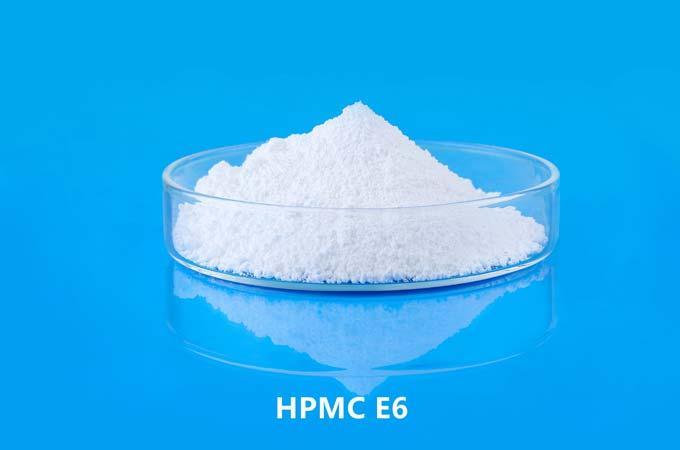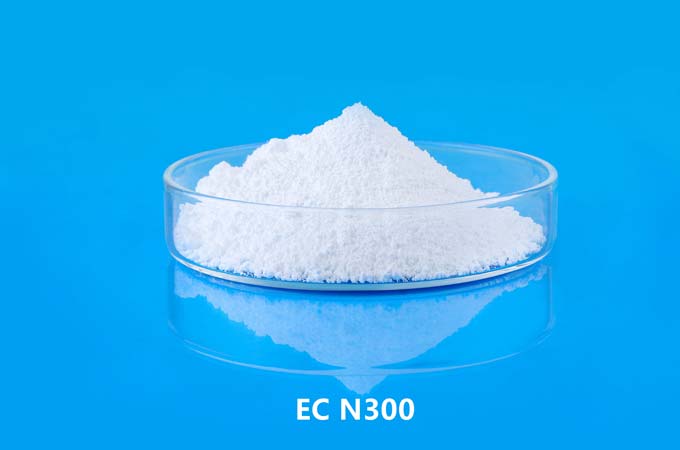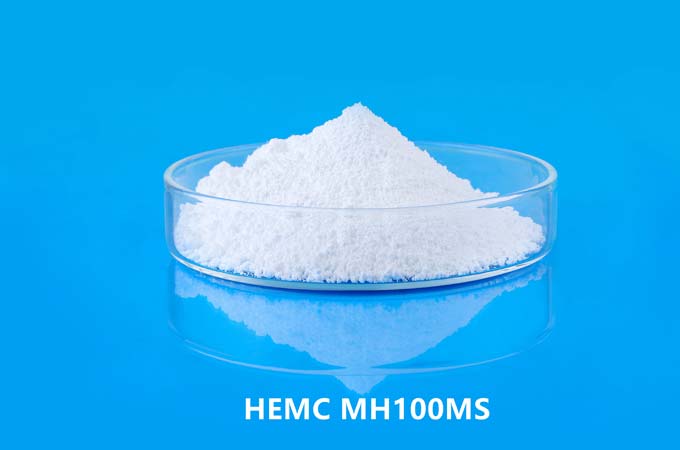Microcrystalline cellulose is a commonly used food additive with a variety of uses in the food industry. It is a refined wood pulp product commonly used as an anti-caking agent, filler, emulsifier or texturant in a variety of foods.
1. Processed baked goods:
Commercial bread and bakery products often use microcrystalline cellulose to improve texture and extend shelf life.
2. Dairy products:
Some dairy products, including processed cheese and some types of ice cream, may contain microcrystalline cellulose to enhance the consistency.
3. Condiments and sauces:
Salad dressings, sauces and condiments may contain microcrystalline cellulose to maintain a smooth texture and prevent clumping.
4. Prepared meals:
Ready-to-eat meals, frozen meals, and other convenience foods can use microcrystalline cellulose as a stabilizer or thickener.
5. Canned soups and broths:
Microcrystalline cellulose wholesale is sometimes added to canned soups and broths to increase their viscosity and overall quality.
6. Snack food:
Some snack foods, such as potato chips, cookies, and pretzels, may contain microcrystalline cellulose because of its textural properties.
7. Nutritional supplements:
MCC Microcrystalline cellulose is often used as a filler or binder in the production of vitamin and mineral supplements.
8. Dietary fiber supplements:
Due to its fibrous nature, it is also used in the production of dietary fiber supplements.
9. Processed meat:
Some processed meat products, such as sausages and luncheon meats, may contain microcrystalline cellulose to enhance texture and reduce moisture migration.
10. Desserts and puddings:
Some desserts and puddings may contain microcrystalline cellulose to achieve a smooth and creamy consistency.
11. Low-fat or low-calorie products:
Microcrystalline cellulose can be used in low-fat or low-calorie foods to add bulk without significantly increasing caloric content.
12. Gluten-free products:
In gluten-free baking, microcrystalline cellulose can be added to simulate the texture and structure of gluten.
13.Drinks:
Certain beverages, such as smoothies or meal replacement drinks, may contain microcrystalline cellulose for its stabilizing properties.
It is important to note that the use of microcrystalline cellulose is regulated by food safety authorities and is generally considered safe for consumption within prescribed limits. However, people with specific dietary concerns or allergies should always check food labels for ingredient information.
 English
English 日本語
日本語 français
français Deutsch
Deutsch Español
Español italiano
italiano русский
русский português
português العربية
العربية Türkçe
Türkçe Nederland
Nederland



